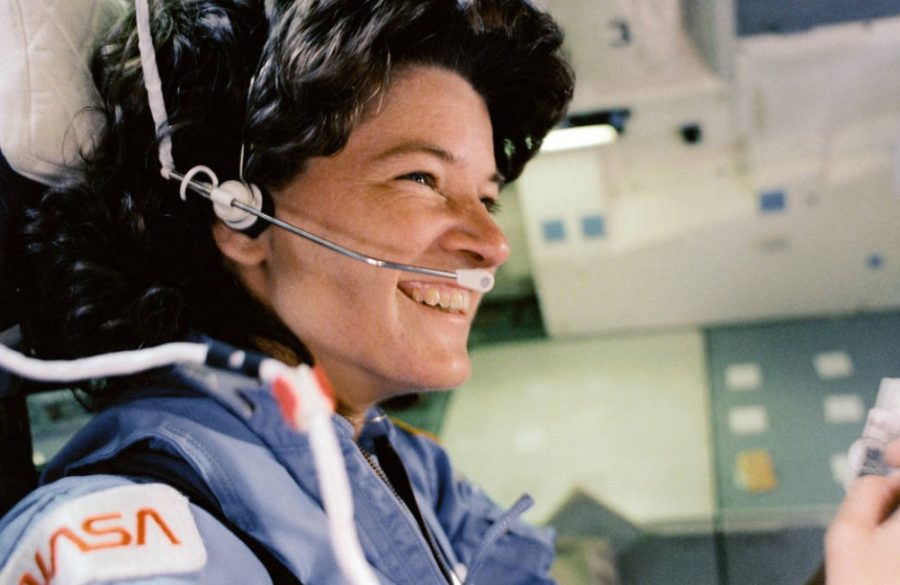Before the release of the movie, “The Imitation Game,” in 2014, Alan Turing may not have been a household name. The movie follows Turing, who worked to build a machine that could crack the German enigma code during World War II. He was also gay.
Turing is only one of many famous mathematicians and scientists who represent the LGBTQ community.
Perhaps one of the earliest and well-know gay men in science is Sir Francis Bacon. He has laced science textbooks everywhere, credited with creating the scientific method, which has been deemed essential to scientists throughout several disciplinarians. His work has lived through the test of time.
Writings by Bacon’s colleagues have revealed that he was gay, according to the Brookhaven National Laboratory.
In a more modern context, Alan Turing is credited with various mathematic and computer science triumphs. One of his most well know feats was cracking the enigma code, which Nazi Germany used to communicate during World War II.
Turing’s accomplishments have lead to many universities across the globe dedicating schools, art and acclamations in his honor. At the UA, a 1997 Math Awareness Week project dedicated several online pages to Turing’s biography and life’s work. The Turing Test, which he created to test the intelligence of computers, was specially noted.
Finally, Sally Ride, the first American woman to enter space, was a lesbian. Ride revealed she was a lesbian posthumously, although those close to her knew for years.
Ride was an astronaut who flew space missions in both 1983 and 1984. On her first mission, she worked to install satellite systems by using a robotic arm. According to NASA, she was inducted into the Astronaut Hall of Fame in 2003. Her legacy lives on through the Sally Ride Science program at University of California, San Diego.
All of these scientists hold a special place in American history. Many of them have inspired and influenced students in the science, technology, engineering and mathematics fields, while also serving as a shining example of the LGBTQ community.
A quick internet search of LGBTQ scientists, however, does not show as many recognizable names as a search of famous LGBTQ artists . This has not gone unnoticed.
STEM, a UA LGBTQ student organization, works to encourage LGBTQ involvement in the sciences. Although there may not as many famous LGBTQ scientists, STEM member Austin Reed has found many peers within his major, chemical and environmental engineering, which are apart of the LGBTQ community.
“My class at the moment stands at about 80 people, and I’ve met a few that are openly part of the LGBT community,” said Reed, a junior studying chemical and environmental engineering. “I didn’t have high expectations going into it, but I was actually pleasantly surprised.”
Even though Reed has met more members of the LGBTQ community in his major than he expected, he also believes that there is some truth to the fact that there are less LGBTQ students pursuing STEM careers.
“I feel like there’s a big issue about underrepresentation within certain fields,” said Reed. “While, yeah, LGBTQ individuals make up a less than [a] proportionate [number] of the STEM field, I think it’s important to be encouraging, but not forceful.”
Ideally, with encouragement and the recognition of already accomplished LGBTQ scientists, more LGBTQ students will be ushered into STEM careers.
Follow Natalie Robbins on Twitter.









